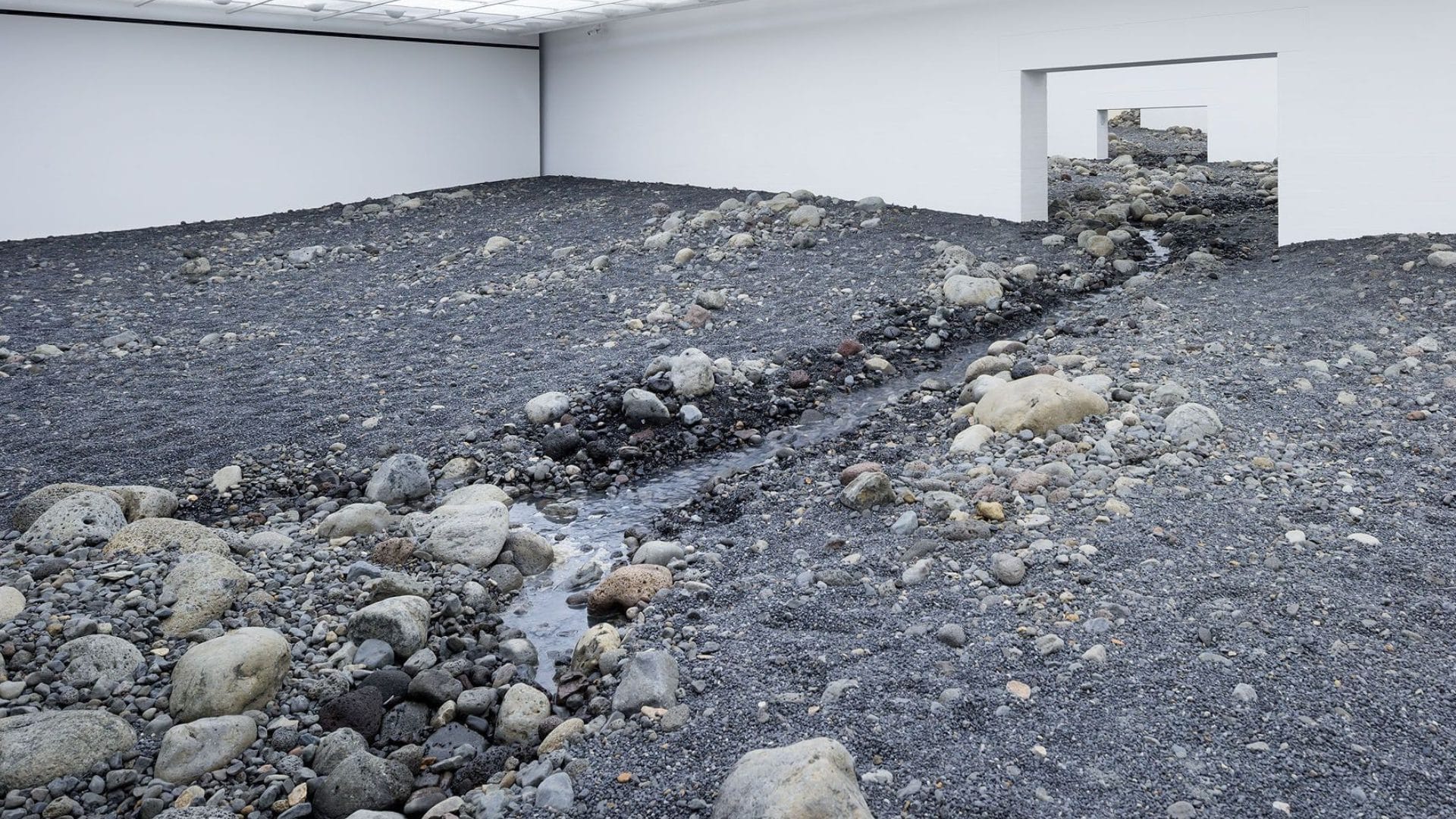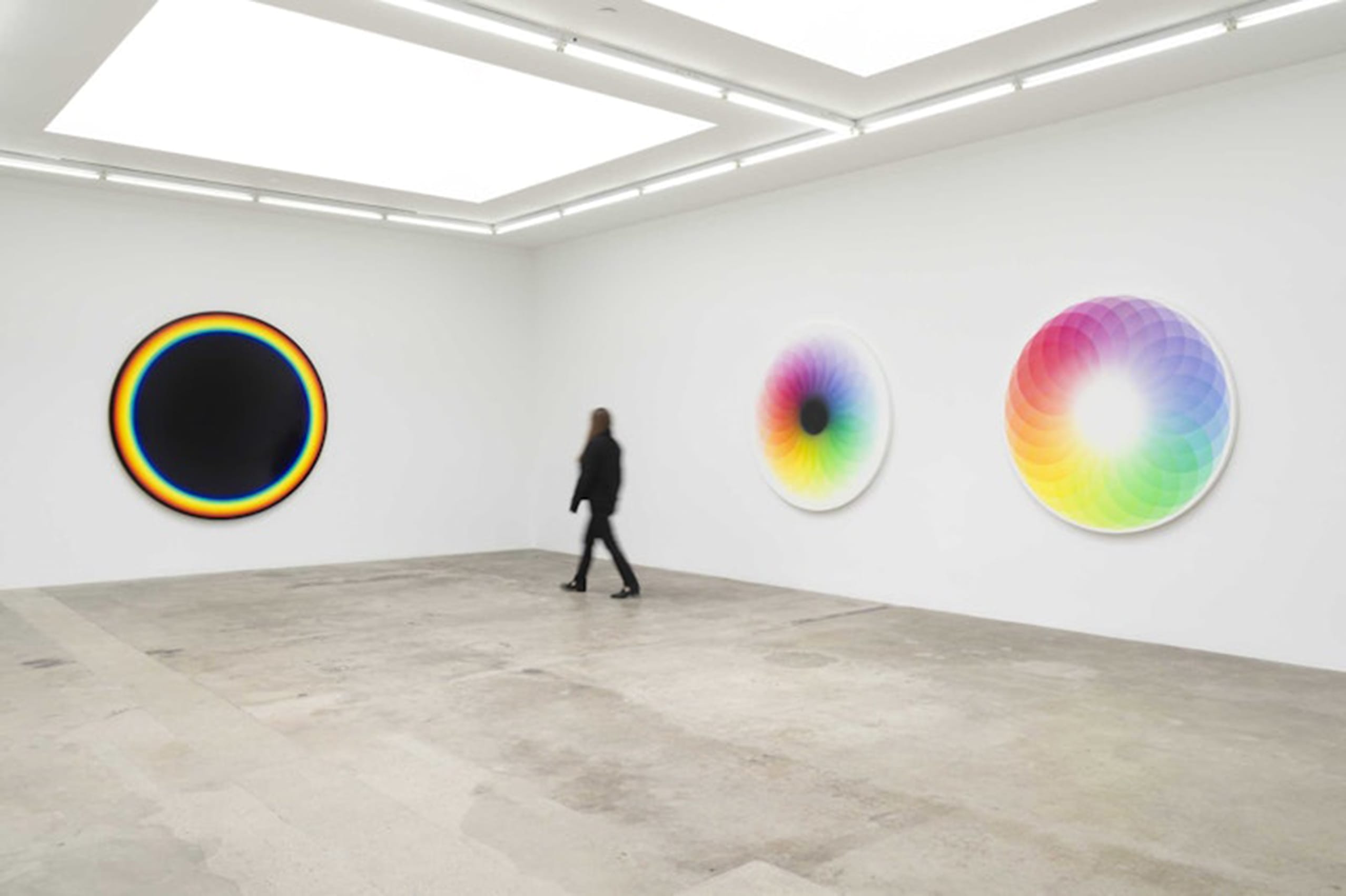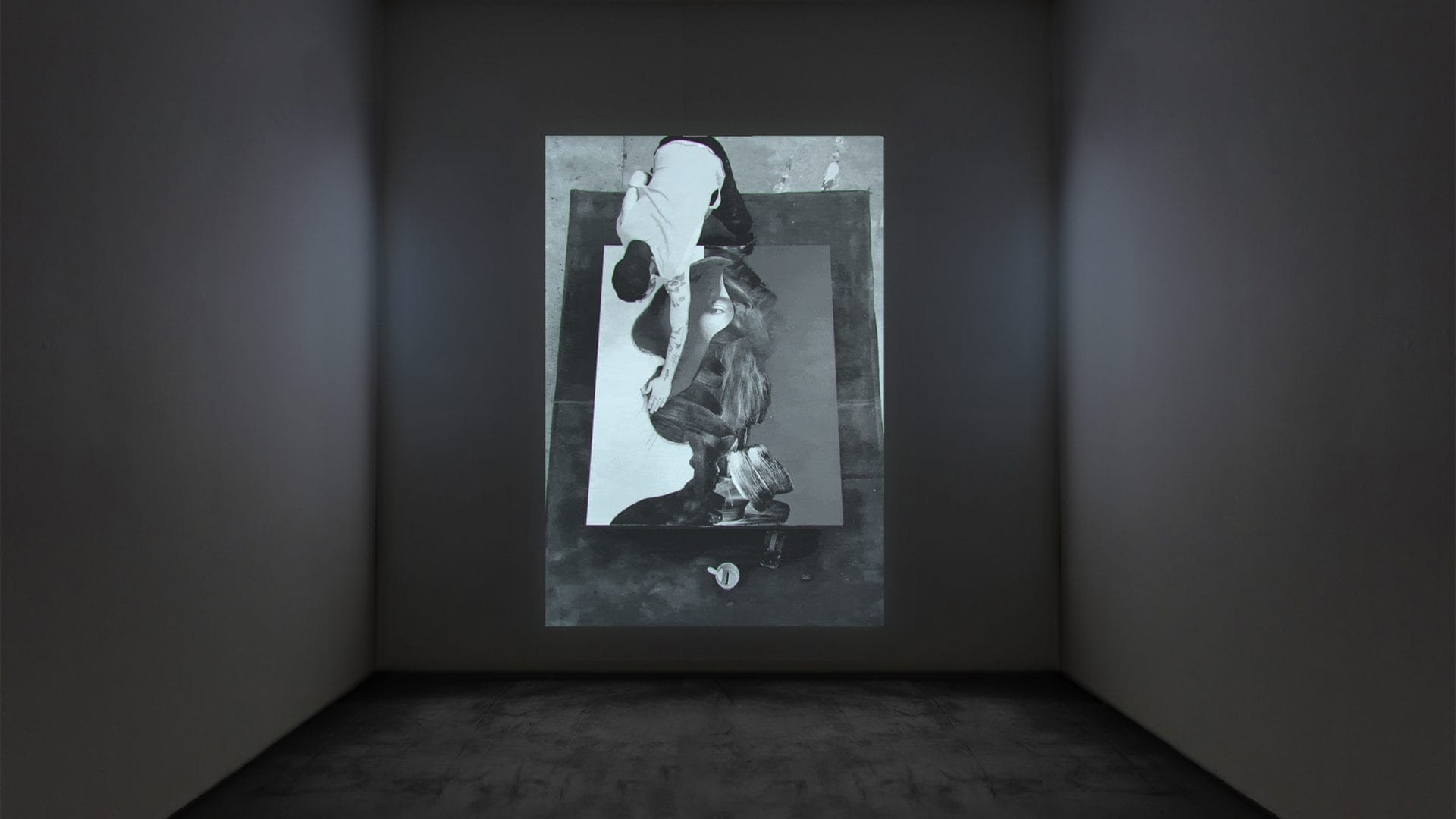
Olafur Eliasson: Art, Nature, and the Transformative Power of Perception
Olafur Eliasson
Olafur Eliasson was born on February 5, 1967, in Copenhagen, Denmark, to Icelandic parents. Growing up, Eliasson split his time between Denmark and Iceland, where the latter’s stark, dramatic landscapes profoundly influenced his artistic vision. These natural environments, with their glaciers, geysers, and volcanic activity, would later become central themes in his work.
Eliasson’s formal art education began at the Royal Danish Academy of Fine Arts, where he studied from 1989 to 1995. His time at the academy was marked by a deep exploration of the interplay between nature, technology, and human perception. He was particularly interested in how these elements could be manipulated to create new sensory experiences for viewers. Upon graduating, Eliasson moved to Berlin, where he established Studio Olafur Eliasson in 1995. This studio became a collaborative space where architects, engineers, craftsmen, and artists work together to realize his ambitious projects.
Eliasson’s artistic style is distinctive for its immersive and experiential nature. He is renowned for large-scale installations that engage with natural phenomena and environmental issues. His works often incorporate elements such as light, water, and air, creating environments that challenge and expand viewers’ perceptions.
A core aspect of Eliasson’s philosophy is the idea that art should be an experience rather than a static object. He believes in the transformative power of art to raise awareness and provoke thought about the world around us. By creating installations that viewers can walk through, touch, and interact with, Eliasson transforms passive observation into active participation. This participatory aspect is central to his work, blurring the lines between the artwork and its audience. He aims to create moments of realization and reflection, encouraging viewers to think critically about their surroundings and their impact on the environment.
Early Influences and Breakthroughs
Early in his career, Eliasson was influenced by artists such as James Turrell and Robert Irwin, who also explored perception and light. These influences are evident in Eliasson’s use of light and space to alter viewers’ sensory experiences. His early works often focused on geometric forms and optical illusions, laying the groundwork for his later, more expansive projects.
Eliasson’s breakthrough came with “The Weather Project” (2003) at the Tate Modern in London. This installation featured a giant, glowing sun suspended in the museum’s Turbine Hall, creating an artificial indoor atmosphere complete with fine mist. The “Weather Project” was a monumental success, drawing over two million visitors during its run. This work exemplified Eliasson’s ability to create powerful, immersive experiences that resonate on both a personal and collective level.
“The Weather Project” not only solidified Eliasson’s reputation as a leading contemporary artist but also highlighted his unique approach to art as a medium for experiential and environmental engagement. The installation’s success demonstrated the potential for art to influence and inspire public discourse on topics such as climate change and the human relationship with nature.

Major Installations and Public Works
“The Weather Project,” installed in 2003 at the Tate Modern in London, is one of Olafur Eliasson’s most renowned works. This large-scale installation occupied the entire Turbine Hall, a vast, cavernous space that allowed for the creation of a truly immersive environment. The centerpiece of the project was a massive, semi-circular disc resembling the sun, suspended from the ceiling. The disc was composed of hundreds of mono-frequency lamps, emitting a light that bathed the entire hall in a monochromatic yellow glow. Beneath the disc, a fine mist permeated the air, created by a series of humidifiers, adding a tangible, atmospheric dimension to the installation.
The Turbine Hall, with its industrial architecture and expansive space, provided the perfect setting for “The Weather Project.” The installation transformed the hall into a contemplative, almost otherworldly environment. Visitors were invited to lie on the floor, gaze up at the artificial sun, and see their reflections in the mirrored ceiling, which doubled the perceived space and created an illusion of a complete, circular sun. This immersive experience blurred the lines between reality and illusion, encouraging viewers to reconsider their perception of space and light.
“The Weather Project” had a profound impact on both the public and critics. Over two million people visited the installation, and it became a social phenomenon, with many visitors spending hours in the hall, lying on the floor, and engaging with the work in a deeply personal way. The installation received widespread acclaim for its ability to transform a public space into a site of communal reflection and interaction. Critics praised Eliasson for his innovative use of light and space and for creating an artwork that was both aesthetically striking and conceptually profound. The work also sparked discussions about the role of public art and its potential to engage and inspire large audiences.
The “New York City Waterfalls” project, executed in 2008, was another ambitious public work by Eliasson. This installation featured four man-made waterfalls placed at various locations along the East River: the Brooklyn Bridge, Governors Island, Pier 35 in Manhattan, and the Brooklyn Piers. The waterfalls ranged in height from 90 to 120 feet, making them visually striking landmarks on the city’s waterfront. The project aimed to highlight the presence and power of water in an urban environment, creating a dialogue between natural elements and the built environment.
Eliasson employed advanced engineering techniques to construct the waterfalls. Each waterfall was built using scaffolding structures equipped with pumps that drew water from the river, carried it up to the top of the scaffolding, and then allowed it to cascade down, creating the effect of a natural waterfall. The use of industrial materials and technologies was integral to the project, emphasizing the intersection of nature and human ingenuity. The waterfalls operated daily, providing a continuous, dynamic display that could be appreciated from various vantage points throughout the city.
Visual Effect and Symbolism of Water
The visual impact of the waterfalls was significant, offering a powerful contrast to the urban landscape of New York City. The sight and sound of cascading water provided a sensory experience that temporarily transformed familiar cityscapes into sites of natural beauty. Symbolically, the waterfalls represented a return to nature, a reminder of the elemental forces that shape our environment. They also highlighted issues related to water usage and sustainability, prompting viewers to consider the importance of preserving natural resources in urban settings.

Symbolic Meaning of the Sun and the Created Environment
The artificial sun in “The Weather Project” carried profound symbolic meaning. The sun is a universal symbol of life, energy, and warmth. By recreating it in an indoor, urban setting, Eliasson invited viewers to reflect on the importance of natural elements in their lives and the impact of human activities on the environment. The mist and warm light created a meditative atmosphere, encouraging contemplation on the relationship between nature and urban life. The installation also subtly addressed issues of climate change and environmental sustainability, urging viewers to consider their role in preserving the natural world.
“The Weather Project” elicited a wide range of reactions from the public. Many visitors were captivated by the immersive experience, spending extended periods lying on the floor, staring up at the artificial sun and their reflections. The installation became a social space where people gathered, interacted, and shared their experiences. This level of engagement highlighted the success of Eliasson’s goal to create an artwork that was not just viewed but experienced collectively.
Critics lauded “The Weather Project” for its innovative use of light and space and its ability to transform the Turbine Hall into a contemplative, almost sacred environment. The Guardian described it as “a remarkable, contemplative experience,” while Artforum praised its ability to create a “collective emotional experience.” Some critiques focused on the environmental impact of such large-scale installations, considering the energy consumption involved. However, the overall reception was overwhelmingly positive, cementing Eliasson’s reputation as a master of experiential art.


The Gallery Transformed into a Natural Environment
“Your Glacial Expectations” is a site-specific installation created by Olafur Eliasson in 2012, located at the Kvadrat headquarters in Ebeltoft, Denmark. The work comprises five large mirrors, each etched with a glacier pattern and placed in the landscape of the headquarters. These mirrors reflect the surrounding environment, blending art with nature and creating an ever-changing tableau that shifts with the weather, light, and seasons.
Materials Used and Techniques Employed
Eliasson utilized high-quality, polished steel to craft the mirrors, ensuring they could withstand the outdoor elements while maintaining a reflective surface. The glacier patterns were meticulously etched into the mirrors, drawing inspiration from the natural forms of ice and snow. This intricate etching technique required precision and skill, highlighting Eliasson’s commitment to merging artistic craftsmanship with natural themes. The mirrors were strategically positioned to capture different aspects of the landscape, enhancing the viewer’s interaction with the natural environment.
“Your Glacial Expectations” offers an immersive experience by integrating art into the natural setting. The mirrors reflect and distort the landscape, prompting viewers to perceive their surroundings in new and unexpected ways. This interaction fosters a deep connection with nature, encouraging contemplation on the beauty and fragility of the environment. The installation serves as a reminder of the impact of climate change on glaciers, subtly urging viewers to consider their role in preserving natural habitats.
Olafur Eliasson has created numerous installations that incorporate natural elements, emphasizing his commitment to environmental sustainability and ecological awareness. Notable examples include “Riverbed” (2014) at the Louisiana Museum of Modern Art in Denmark, where Eliasson transformed the gallery space into a rocky riverbed, complete with running water. This immersive installation invited visitors to walk through the landscape, experiencing the tactile and visual qualities of a natural river within an art museum.
Another significant work is “Green River” (1998-2001), a series of interventions in which Eliasson dyed rivers in various cities a vivid green using non-toxic dye. This temporary transformation highlighted the presence and importance of urban waterways, drawing attention to their environmental and social significance.
Concepts of Sustainability and Ecology in Eliasson’s Art
Eliasson’s art consistently reflects his deep concern for ecological and sustainability issues. His installations often address the delicate balance between human activity and the natural world, urging viewers to reflect on their environmental impact. Through his use of natural materials and themes, Eliasson creates a dialogue about the necessity of preserving and respecting the environment.
Eliasson’s studio, Studio Olafur Eliasson, operates with a strong focus on sustainability. The studio emphasizes environmentally friendly practices, such as using renewable energy sources and recycling materials. This commitment to sustainability extends beyond Eliasson’s art, influencing how his projects are developed and executed.


Impact and Influence of Olafur Eliasson
Receiving such esteemed awards has solidified Eliasson’s position as a leading figure in contemporary art. These recognitions are significant as they highlight the global appreciation and validation of his work. Awards from institutions like MIT and the World Economic Forum also emphasize the interdisciplinary nature of Eliasson’s projects, bridging art, science, and environmental activism. The Joan Miró Prize, for example, acknowledges his creativity and his ability to inspire through visual arts, while the Wolf Prize celebrates his achievements in the broader cultural landscape. These awards not only honor Eliasson’s past contributions but also enhance his platform for future projects, allowing him to reach wider audiences and influence public discourse on art and environmental issues.
Olafur Eliasson’s innovative use of light, space, and natural elements has had a profound influence on contemporary artists. His ability to transform spaces and create immersive experiences has inspired a new generation of artists to explore similar themes and techniques. Artists such as James Turrell and Anish Kapoor share Eliasson’s fascination with light and perception, and his impact can be seen in their explorations of sensory experiences. Additionally, younger artists have been inspired by Eliasson’s commitment to environmental issues, incorporating sustainability and ecological themes into their own practices.
Long-term Effects on the Public and Perception of Art
Eliasson’s work has had lasting effects on how the public perceives art. By creating installations that are interactive and immersive, he has redefined the traditional boundaries of art, transforming viewers from passive observers into active participants. This approach has made contemporary art more accessible and engaging to a broader audience. Moreover, Eliasson’s focus on environmental themes has raised awareness about climate change and sustainability, encouraging the public to consider these critical issues in their daily lives. His art has sparked conversations about the role of art in society and its potential to drive social and environmental change.
Olafur Eliasson continues to push the boundaries of contemporary art with his upcoming projects. While specific details about future installations are often kept under wraps until their unveiling, it is expected that Eliasson will continue to explore themes of nature, perception, and sustainability. His future projects are likely to incorporate new technologies and materials, further blurring the lines between art, science, and environmental activism. Collaborations with architects, scientists, and environmentalists may also feature prominently in his upcoming works, reflecting his interdisciplinary approach.
Looking ahead, Olafur Eliasson envisions a future where art plays a crucial role in addressing global environmental challenges. He believes that art has the power to inspire action and foster a deeper understanding of our relationship with the natural world. Eliasson advocates for sustainable practices within the art community and beyond, encouraging artists, institutions, and the public to consider the environmental impact of their actions. His vision includes using art as a tool for education and advocacy, promoting a more sustainable and harmonious coexistence with nature.

fakewhale
Founded in 2021, Fakewhale advocates the digital art market's evolution. Viewing NFT technology as a container for art, and leveraging the expansive scope of digital culture, Fakewhale strives to shape a new ecosystem in which art and technology become the starting point, rather than the final destination.
You may also like
Nicolás Rupcich, TRL at ZiMMT, Leipzig
“TRL” by Nicolás Rupcich, at ZiMMT, Leipzig, 18/09/2025 – 28/09/2025. What remains of
Fakewhale in conversation with Alexander Endrullat
From the very beginning, Alexander Endrullat’s work caught our attention for its ability to decons
Fakewhale Solo Series presents Remote Viewing by Jesse Draxler
On Wednesday, April 24th, Fakewhale proudly presents “Remote Viewing”, a Fakewhale Solo Series r




